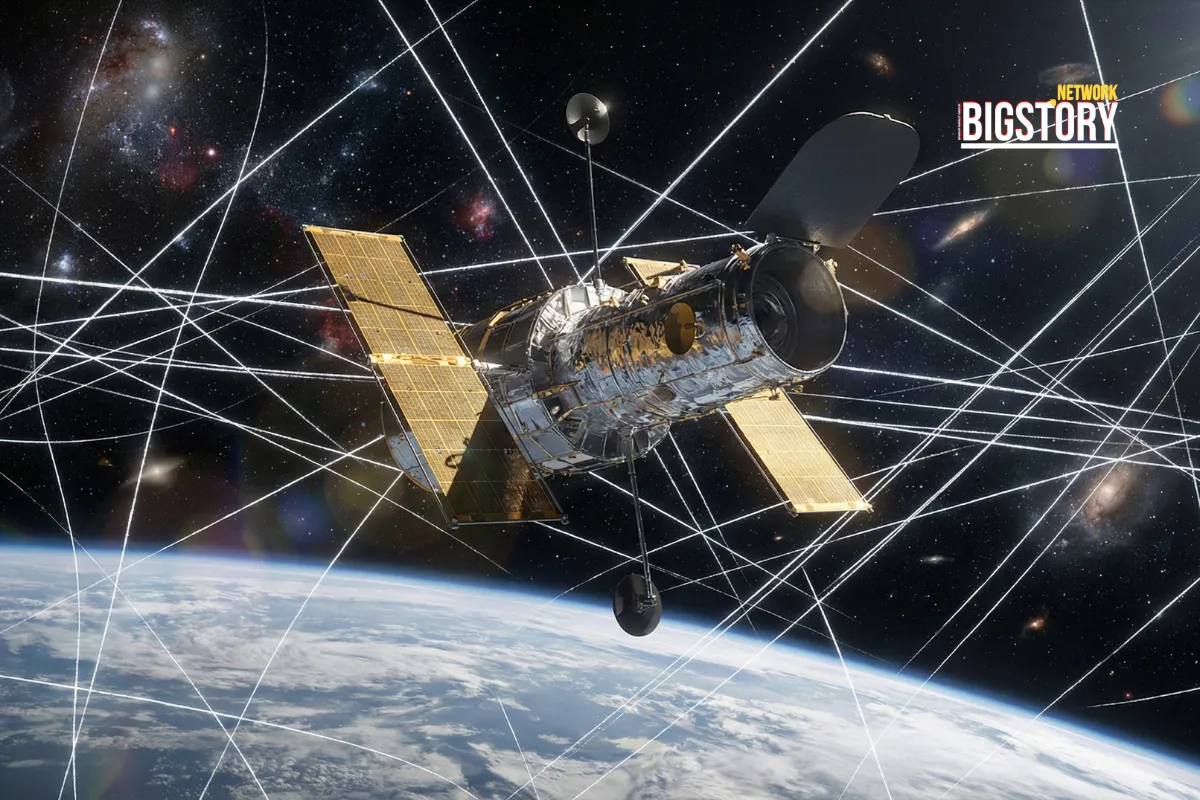OpenAI Acquires Statsig for $1.1B: Why It Matters in the AI Race:
The acquisition cements OpenAI’s reputation as one of the most aggressive players in tech consolidation. Just months after spending $6.5 billion to acquire Jony Ive’s io Products (to push into AI hardware), OpenAI is now locking in expertise that strengthens its enterprise and consumer applications.
Why is this important? Because in today’s AI race, the bottleneck isn’t just model training. It’s how quickly those models can be deployed safely, tested with real users, and scaled without breaking. That’s exactly where Statsig excels.
What Does Statsig Do? Inside the AI Product Platform:
Founded in 2021 by Vijaye Raji, a former Facebook VP of Engineering, Statsig is essentially the control room for product experimentation. It helps companies:
- Run large-scale A/B tests.
- Roll out new features using feature flags.
- Capture real-time product analytics and session replays.
- Optimize decisions with advanced methods like CUPED variance reduction and sequential testing.
This isn’t just a nice-to-have. For OpenAI, with 700 million weekly active users, these tools are mission-critical. Every tweak to ChatGPT, Codex, or any future product must be validated at massive scale. Statsig gives OpenAI the ability to experiment at speed while maintaining control.
OpenAI’s Strategy Explained: Statsig’s Role in Enterprise AI Growth:
The deal isn’t just about technology—it’s about where OpenAI wants to go next.
- Enterprise Market Push → With 92% of Fortune 500 companies already using OpenAI products, Statsig makes the rollout of enterprise-grade tools more seamless. Its warehouse-native deployment options also address privacy and governance concerns—a big barrier to enterprise AI adoption.
- Applications Division Power-Up → Vijaye Raji will now become OpenAI’s CTO of Applications, reporting to Fidji Simo (ex-Instacart CEO). This signals OpenAI’s shift from being a research lab to a disciplined enterprise AI company.
- Product Development Velocity → Statsig allows OpenAI to run hundreds of experiments in parallel, shaving months off feature rollouts. This speed could mean the difference between leading the market or falling behind rivals like Anthropic or Google DeepMind.
In short, this isn’t just an acquisition—it’s the integration of experimentation into OpenAI’s DNA.
Investor and Analyst Reactions to OpenAI’s Statsig Deal:
Reactions have been strong across the tech ecosystem.
- Investors: Madrona’s S. Somasegar, an early Statsig backer, called it “a natural fit,” praising Statsig’s velocity and predicting OpenAI will scale its culture of experimentation even further.
- Analysts: Theodore Quinn from AI Invest noted the deal “signals a pivotal shift to dominate the generative AI landscape.”
- CFO’s Take: OpenAI’s CFO Sarah Friar emphasized ecosystem openness, saying acquisitions won’t “ice the ecosystem” but instead strengthen it.
Still, there’s no denying the competitive temperature just rose several degrees.
OpenAI Acquisition Under Regulatory Scrutiny: Risks Ahead:
With consolidation comes attention. Regulators on both sides of the Atlantic are already circling AI giants:
- The FTC has opened probes into OpenAI’s data practices.
- European regulators are examining how acquisitions like this affect competition under GDPR frameworks.
- The DOJ’s antitrust case against Google explicitly raises concerns about AI concentration.
At $1.1 billion, the Statsig deal is large enough to trigger formal merger reviews. If OpenAI keeps acquiring at this pace—over $10B in acquisitions in just two years—it could become the poster child for antitrust scrutiny in AI.
The Future of AI Product Testing: How Statsig Strengthens OpenAI’s Growth:
Beyond the competitive headlines, there’s a deeper story here. The future of AI isn’t just about building bigger models—it’s about optimizing the AI product lifecycle.
Statsig brings that edge:
- Faster iteration → More experiments mean more innovation.
- Better reliability → Reduces the risk of flawed rollouts to millions of users.
- Enterprise trust → Governance features reassure large clients adopting AI.
For OpenAI, this means it can scale not only ChatGPT’s consumer appeal but also enterprise-grade platforms, locking in revenue growth. With projections of $125B in revenue by 2029, this deal could be one of the keystones.
OpenAI’s $1.1B Deal and the Global AI Race:
This acquisition can’t be viewed in isolation. It’s part of a broader AI consolidation wave:
- Meta → Spent $14.3B acquiring Scale AI, sparking controversy as Google cut ties with Scale due to conflicts of interest.
- Anthropic → Captured 32% of the enterprise AI market with its Claude models, positioning itself as OpenAI’s fiercest rival.
- Microsoft → Plays a double role, both OpenAI’s closest partner (Azure hosting) and competitor in AI development.
- Google → Continues to build internally while fighting antitrust battles and recalibrating its AI ecosystem.
OpenAI’s Statsig deal fits squarely into this picture: a move to control the full AI stack—from research and hardware to testing, deployment, and enterprise integration.
And this is exactly why Google and Microsoft are watching nervously.
The Bigger Picture: OpenAI’s Statsig Deal and the Future of AI Consolidation:
- The $1.1B Statsig acquisition isn’t just about product testing—it’s a declaration. OpenAI is signaling that it doesn’t just want to lead in model development; it wants to control every stage of the AI product journey, from research and hardware to experimentation and enterprise adoption.
- The global AI race is no longer crowded. It’s narrowing down to a handful of giants: OpenAI, Google, Microsoft, Meta, and Anthropic. Each is racing to consolidate talent, infrastructure, and platforms. But OpenAI is moving with a speed that feels almost relentless.
- For Google and Microsoft, this isn’t just another competitor move—it’s a warning shot. OpenAI isn’t satisfied with building smarter models; it’s building an end-to-end AI powerhouse that defines how we use and trust AI in everyday life.
- And for the rest of us? It’s a reminder that the AI tools we rely on—whether for work, creativity, or daily problem-solving—are being shaped in real time by a handful of decisions like this one. Deals worth billions today will ripple into the apps, assistants, and platforms we use tomorrow.
- The race isn’t just between companies—it’s about how fast the future reaches our hands. With Statsig, OpenAI just hit the accelerator.
 Brajesh Mishra
Brajesh Mishra
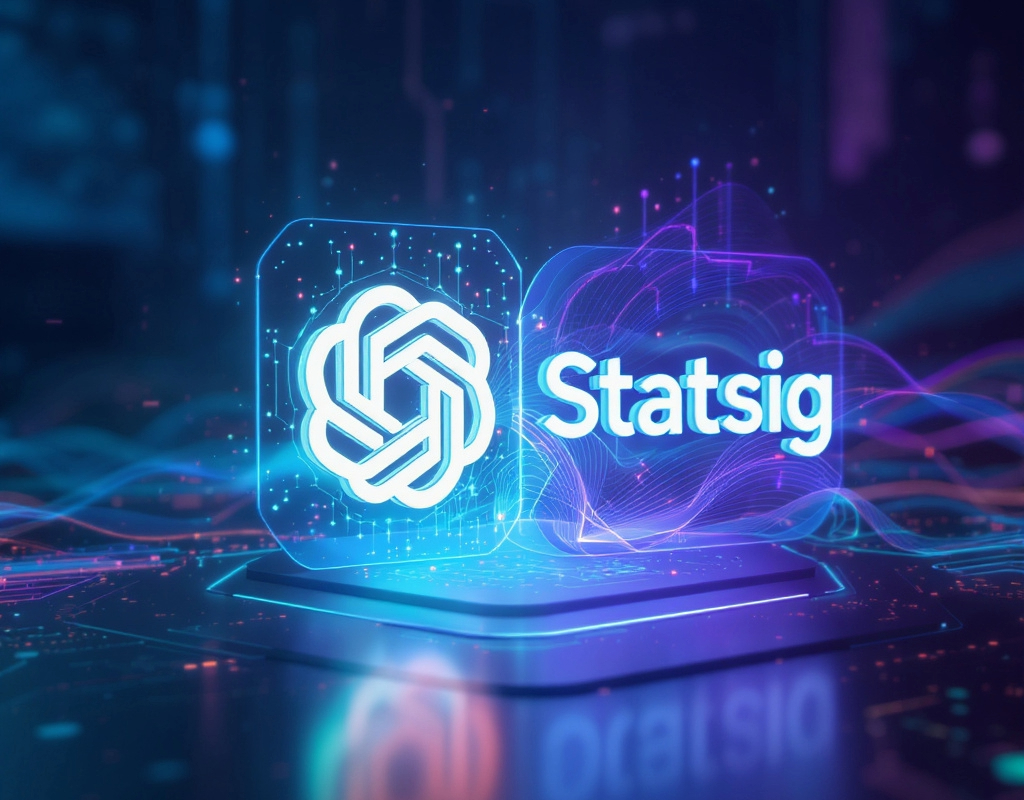

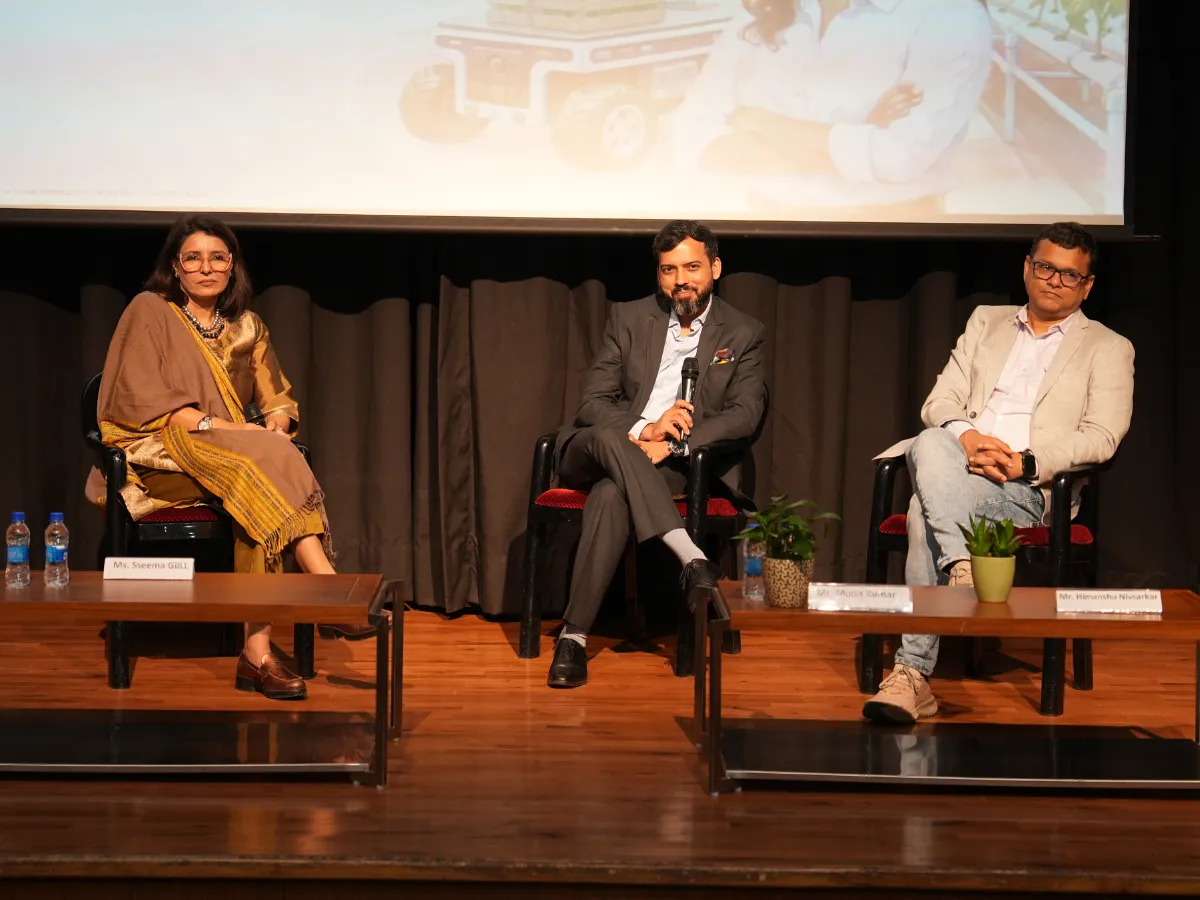
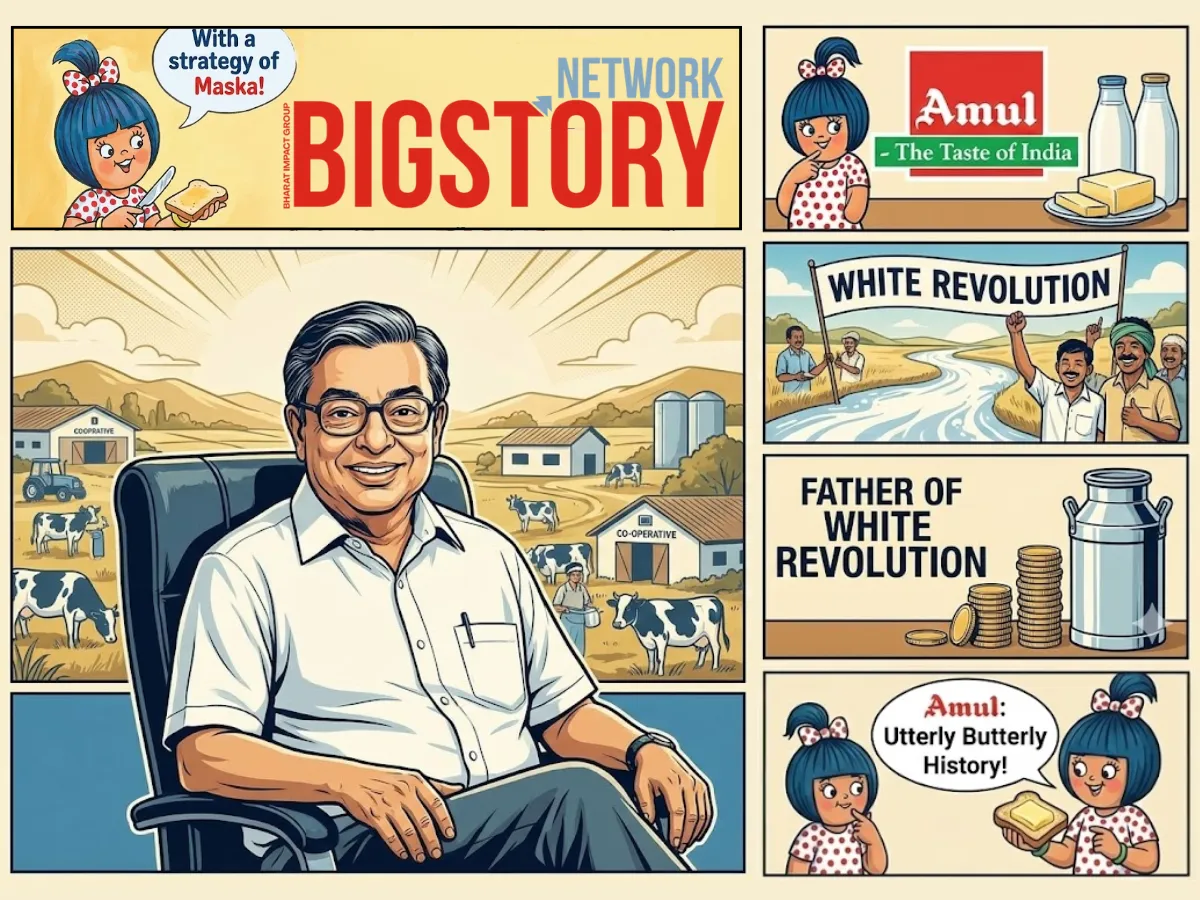
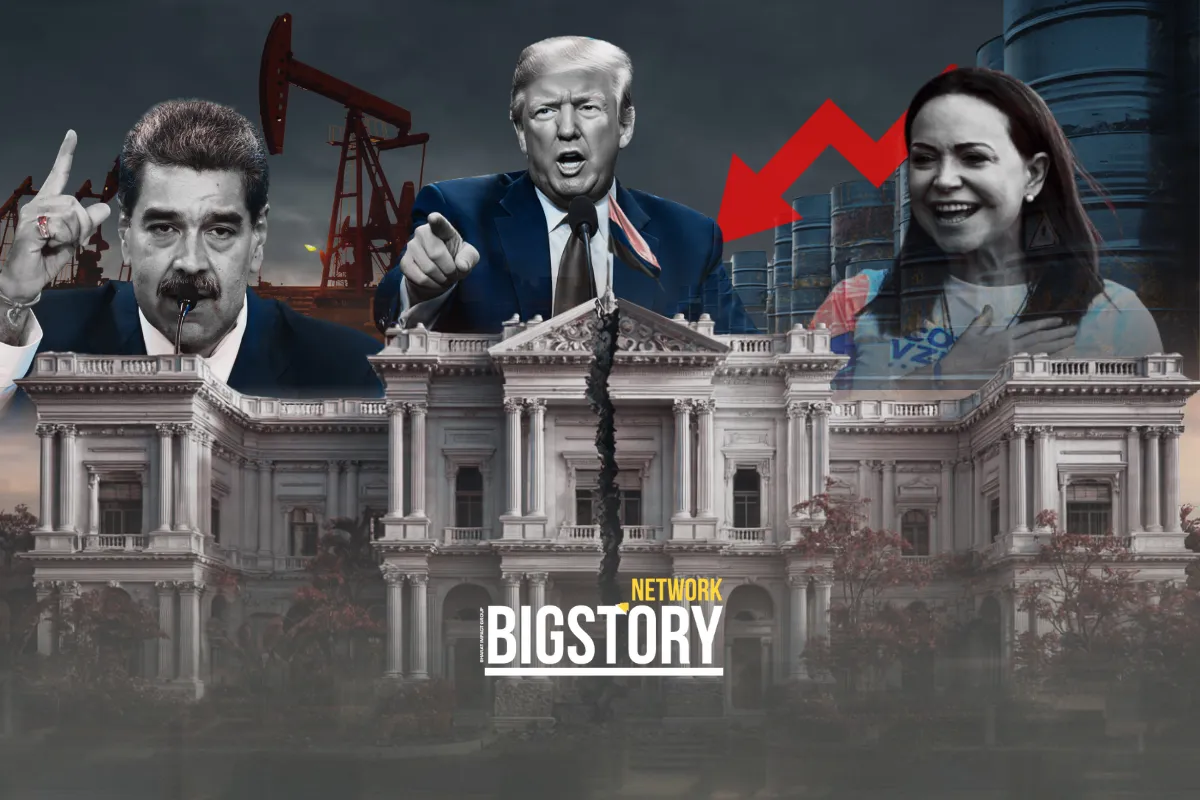
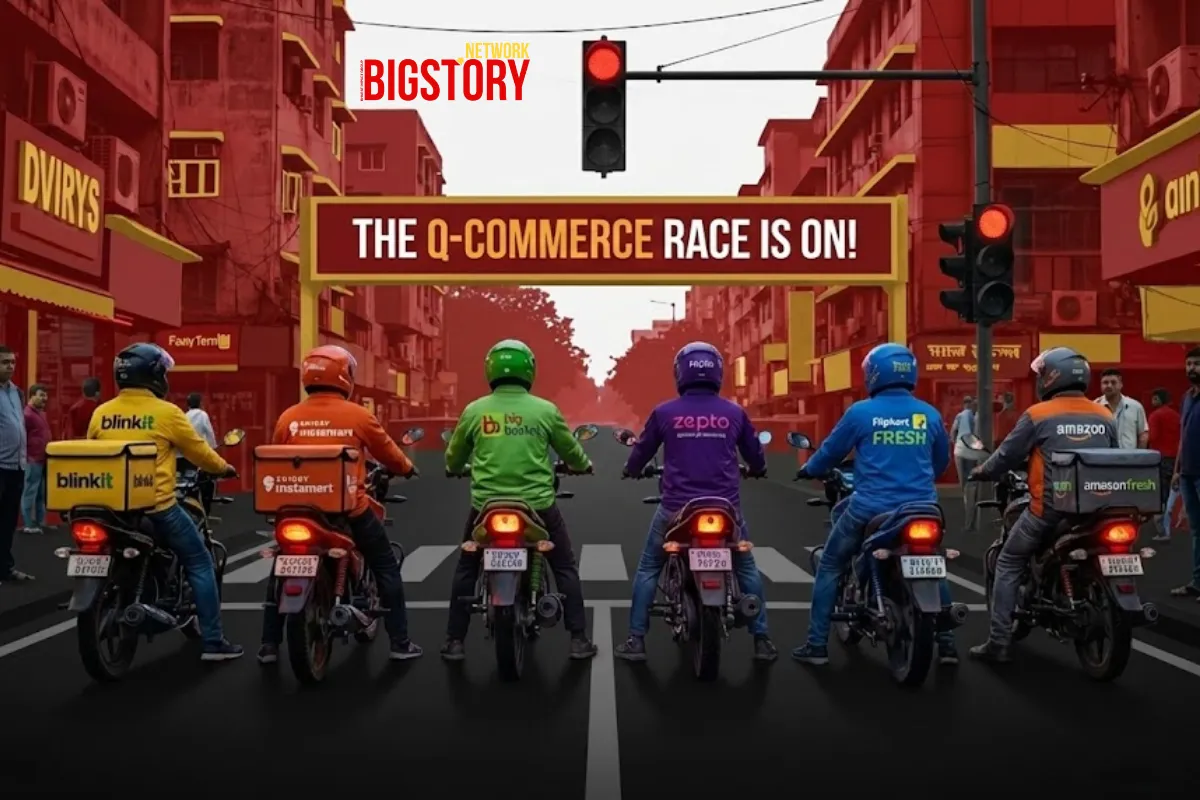

 Trending Now! in last 24hrs
Trending Now! in last 24hrs
